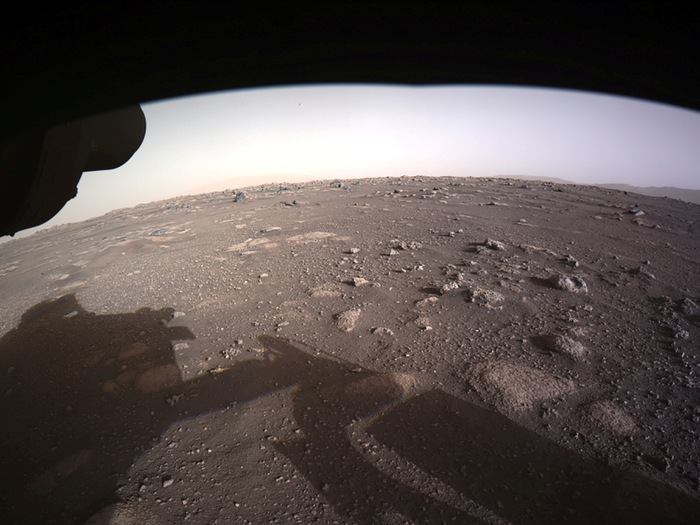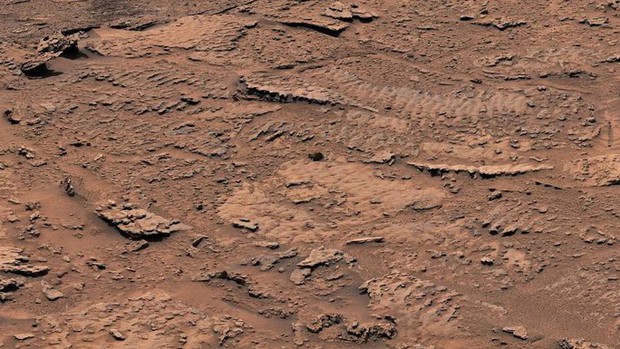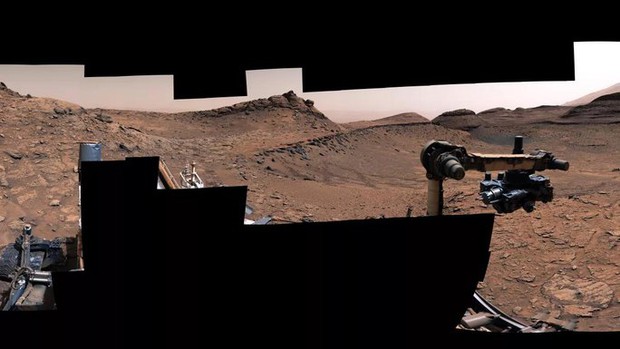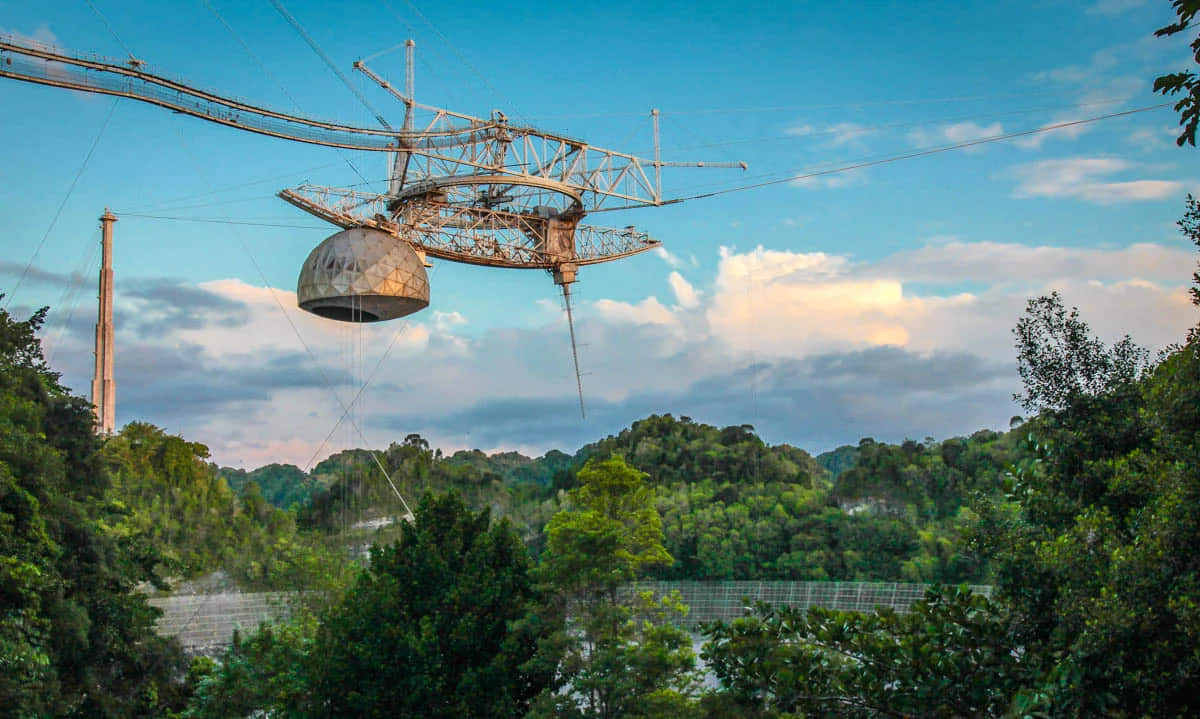NASA’s Curiosity alien life hunting robot continues to make a once-in-a-lifetime discovery, showing that a landscape identical to Earth once existed on another planet.
According to Live Science, a photo released by NASA captured a portion of the Sharp ridge on arid Mars, showing the image of the “petrified” ripples of an ancient lake.

NASA says they are the clearest evidence yet of what the space agency has always wanted to determine: Water once existed on Mars. Although Curiosity had previously passed through many quarries located in the ancient lake and collected indirect evidence of water, scientists still expected something more direct, more vivid. This time they found it.

Close-up of the area with stone slabs that preserve evidence of ancient water waves – Photo: NASA
“This is the best evidence of water and waves that we have seen during the entire mission” – said scientist Ashwin Vasavada from NASA’s Jet Propulsion Laboratory, a member of the Curiosity project.
He added: “Curiosity climbed through thousands of meters of lake sediment and had never found this type of evidence. Now we found it in what was once thought to be dry”.
Since last fall, NASA’s “life hunter” has been exploring an area that scientists say is rich in sulfate-bearing rocks. They believe this salt richness is due to the deposition of a lake that gradually dried up in ancient times.
Wave traces have previously been shown indirectly through sediment disturbance, but this time the traces are clearer and more real, in the same way that waves on Earth can leave traces on rocks for thousands of years. Thousands of years rushing in.

The ripples are about 0.5 miles from the summit of Mount Sharp. According to NASA, this 5 km high mountain once had many lakes and streams scattered around, on the slopes, making it an attractive area to hunt for ancient life on Mars.
The newly published image is a 360-degree panorama taken by Curiosity on December 16, 2022, then sent back to Earth and spent some more time analyzing. The robot also tried to drill into the rocks here but they were too hard. It will have to find a softer rock in this area.
The Curiosity team said the presence of ripples in an area thought to be dry showed that drying Mars was not a simple process.

Near the wavy rocks, researchers also saw rock layers with regular spacing and thickness, similar to the kind that often appear on Earth and exhibit a periodic pattern. This may indicate that ancient Mars once had a complex climate like Earth’s, changing periodically according to different types of cycles such as the seasons.
Curiosity is one of NASA’s robots hunting for Martian life, an autonomous rover worth 2.5 billion USD, which left Earth in November 2011 and has finished its main mission for 2 years long ago. It is still operating well and is extremely lucky to have continuously discovered evidence of water and life, reinforcing NASA’s belief that ancient Mars was like Earth.





